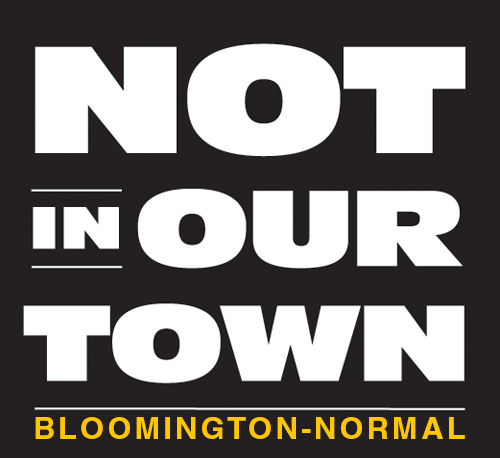Jamol, one of Rick Lewis' series of African-American male portraits
Over the last quarter century, Illinois State University artist and Associate Dean of Students Rick Lewis has served as mentor to and confidante for many of ISU’s African-American students. While today’s campus may not seem a hotbed of racial discourse or protest, that doesn’t mean the issue is dormant, Lewis stresses.
Lewis cites students who echo the concerns of Ralph Ellison’s landmark novel “The Invisible Man” – the feeling of being ignored or avoided by others because of their race. At the same time, others feel the pressure and, on occasion, the unwanted attention of being a minority in an institution of learning.
Lewis concedes that “the academic system is what it is” -- a relatively closed universe that aside from curricular forays into culture and social justice focuses predominantly on the generic nuts-and-bolts of individual disciplines such as math or science. “Math has a history in African culture, but no math teacher’s going to sit there and explain that to students,” he said.
“People tend to be afraid to talk about issues of diversity and race, because they’re just not as competent in those areas,” Lewis maintains. “People believe that in the absence of conflict, things are okay. Here at ISU, nobody’s going around hanging effigies or spray painting offensive words on the walls. So people think things are okay.
“In situations where classes might begin to talk about issues around race, particularly around African-Americans, people look to the African-Americans in the classroom for answers, and those African-Americans have been offended because they’re looked upon as the expert around all issues African-American. They feel they’re not there to educate people – that’s the teacher’s responsibility. They’re there to learn.”
Lewis joins fellow artists Margaret LeJeune and Jason Patterson in a Jan. 9-Feb. 14 Bloomington art show focusing on portraiture, at the McLean County Arts Center, at 601 N. East Street. An accompanying reception is scheduled Friday, Jan. 16, from 5 to 7 p.m., while an “Art Talk” is set Tuesday, Feb. 3, at 6 p.m. The show and related events are open to the public. Lewis will display portraits of African-American men from his ongoing series.
The McLean County Arts Center is open Tuesdays from 10 a.m. to 7 p.m.; Wednesdays through Fridays, from 10 a.m. to 5 p.m.; and Saturdays, noon to 4 p.m.
Lewis accepts the reality of students “self-segregating” by culture or race: Despite multicultural “engagements and interactions,” Lewis posits “people hang around the people who look like them.” What disturbs him more is a growing tendency among the millennial generation to detach from human relationships through smartphones, social networking, and other technologies. He sees Facebook largely enabling users to “be anonymous and make stupid comments” without considering opposing views and limiting one-on-one interactions to venues where individuals rely on the “social lubricant” of alcohol.
“These students don’t learn interpersonal skills when they’re connected to headphones and text messaging and not paying attention to what’s around them,” Lewis argued. “I question whether or not these students are prepared to have meaningful dialogues not only with people who are different than them but also with people who are just like them.”

